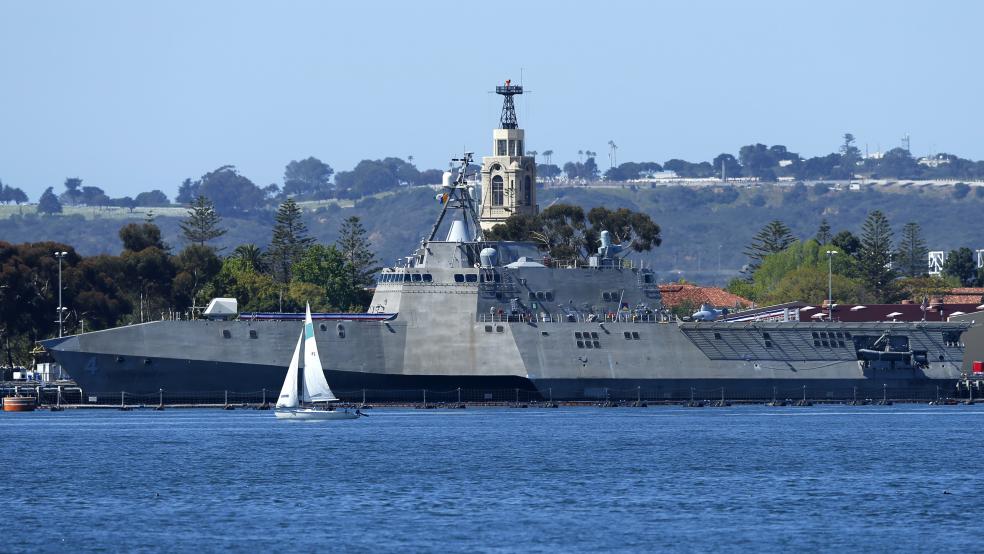The Navy’s Littoral Combat ship program has long been plagued with contract issues, cost overruns and functional problems that have prompted officials to consider whether to scale back the program or scrap it completely.
In the latest blow to the program, the Government Accountability Office released a scathing review of newly built ships that just joined the fleet—ships that together cost nearly $900 million more than originally estimated.
Related: The Pentagon’s Incredible $1.5 Trillion Mistake
The Littoral Combat Ships were supposed to cost $220 million each, but eventually ballooned to $631 million and $704 million, respectively, the report said.
Auditors blamed the Navy for quickly rushing through federal guidelines and using waivers to get around agency standards. Though GAO made clear that no laws were broken, it suggested that the less-than-thorough testing process led to cost increases and “knowledge gaps” that prevent the Navy from knowing how well the ships will be able to perform.
The Littoral Combat Ships were originally intended to be futuristic, multi-purpose vessels that would ultimately replace coastal patrol boats. They were meant for air warfare, surface warfare, undersea warfare and mine hunting, but auditors have questioned whether they will ever be able to perform in combat. Earlier this year, the Navy contemplated replacing the fleet entirely with new ships, according to National Defense Magazine.
“So right now the question really is what are we going to do with these ships,” Eric Wertheim, author of the U.S. Naval Institute Guide to Combat Fleets of the World, told the San Diego Union Tribune.
The ships have been under scrutiny for years—and their ballooning price tag prompted Defense Secretary Chuck Hagel to cut back the $15 billion program from 52 ships to 32 ships this April, and defense experts say the program could be scaled back even further.
Navy officials, for their part, say they are already changing how they manage their contracts and have new ways to control program costs.
Top Reads from The Fiscal Times:
- How ISIS Terrorists Forced Obama Out of Retirement
- 3 Steps to a More Fed-Proof Portfolio
- Why We Won’t Have Enough Money to Fight ISIS





